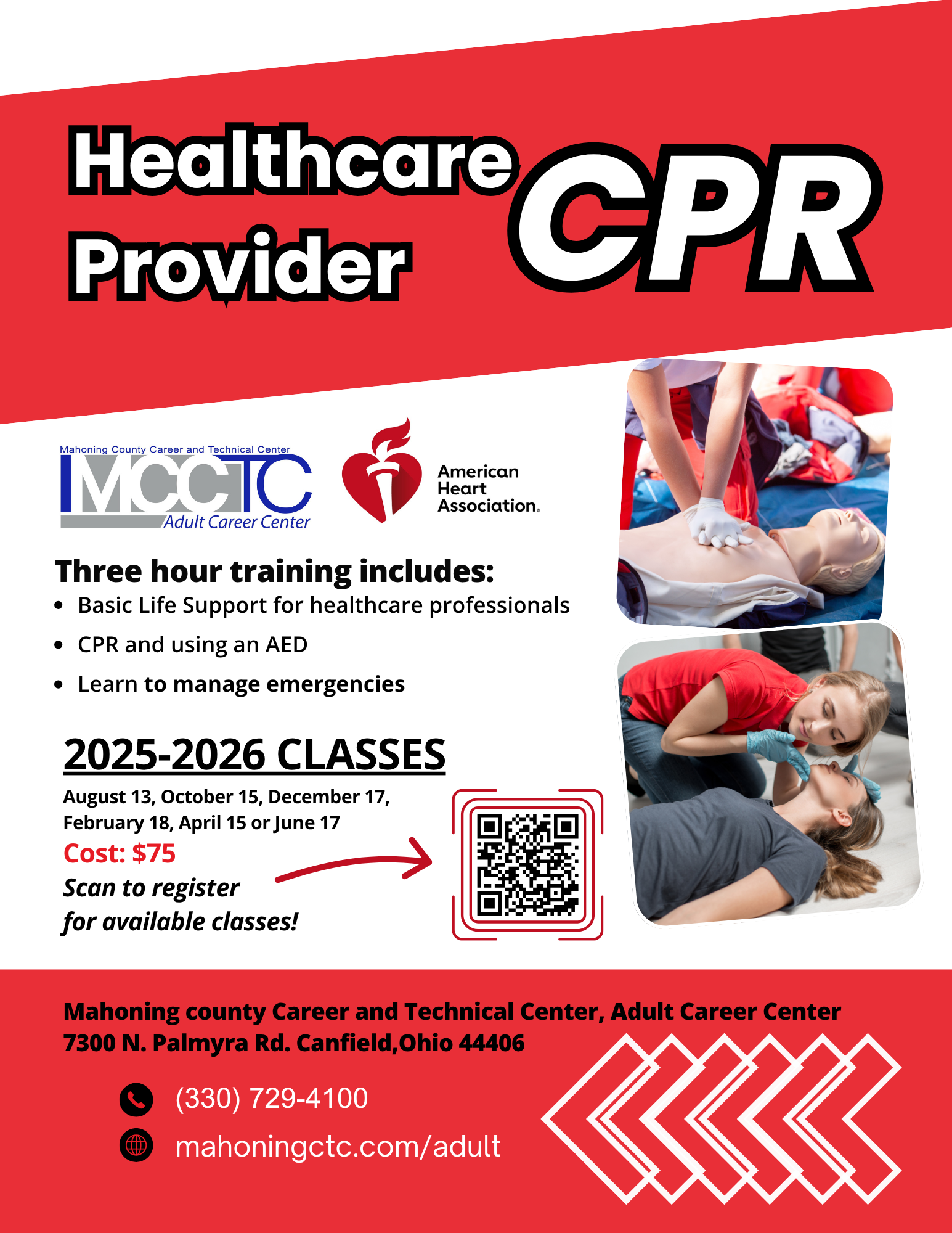Holiday Season Fire Safety
by John Lightly
Every year the following scenario begins to play out in homes across the country. The family has all arrived after long drives or flights. The kids are diving into the sugar cookies and loading up the latest online gaming software. The adults are arguing politics, sharing recent events at work, and looking through old family photos. The family is reminiscing about the good old days and preparing to make new memories. Things are shaping up to be another perfect Norman Rockwell kind of holiday painting.
Suddenly, a scream comes from the kitchen. As the hosts rush to investigate, the smoke alarm begins to chirp and black smoke comes pouring out of the kitchen into the family room. The word that strikes fear into people’s hearts is shouted. Fire!
According to the National Fire Protection Association (NFPA), Thanksgiving Day is the peak day for home cooking fires. Next in line come Christmas Day, Christmas Eve, and the day before Thanksgiving. In fact, on Thanksgiving Day 2016, fire departments across the country responded to more than 1,570 home cooking fires alone.
Unattended Cooking:
This continues to be the leading cause of home cooking fires during the holiday season at about 33%. In addition, unattended cooking fires account for 49% of the associated deaths and 46% of the associated injuries from these types of fires. Flammable items that were too close to the stovetop create another 10% of the cause and 23% of the deaths. Maintain a watchful eye in the kitchen anytime cooking is being done. Clearing counters, avoiding trip hazards, and keeping things tidy are other actions to be taken.
Turkey Fryers:
Many homes will be using oil-filled turkey fryers that are heated with propane tanks. While creating a delicious meal, they are responsible for many of the home cooking fires that fire departments respond to. Often, these fryers are used on a deck, porch or in the garage which can quickly lead to the structure catching on fire.
When a wet or partially thawed turkey is dropped into the hot oil, the oil and water react violently. It can easily create a ball of fire that showers the surrounding area with burning oil. Attempting to throw water on this fire will only create a bigger problem. Turkey fryers should never be used close to any type of structure and always done on flat ground. The turkey must be completely thawed and dried before lowering it into the boiling oil.
Other Hazards:
In addition to home cooking fires, there are several other hazardous situations which increase during the holiday season. Carbon monoxide (CO) is a colorless, odorless gas that is caused by incomplete burning of gas in appliances such as an oven or furnace. A pinhole leak or a blockage of some sort in the gas lines and exhaust vents for these appliances can cause CO to build up to potentially dangerous levels. As the oven is used baking all those tasty treats, or when the furnace is turned up higher to keep everyone warm, the potential for CO poisoning increases. Occupants may think they are just sleepy from eating all that good food when really they are being overcome with CO. Installing a carbon monoxide detector and having a qualified technician service all gas appliances are some basic steps that can be taken to reduce the risk of CO.
Many people will be using candles as part of their decorations or to keep the party going when the power goes out due to winter weather. It is imperative to keep candles well away from combustible items. Once the candle is safely lit, properly dispose of the match and keep all matches and lighters well out of reach of children.
Christmas trees can be another source of home fires during the holiday season. According to the NFPA, electrical problems cause one-third of these types of fires while another one-fourth are created by having a heat source to close to the tree. Making sure that all lights are properly plugged in and not overloading circuits is paramount for safety. Keeping live trees well watered and promptly removed from the home right after Christmas are other ways to increase safety.
The family in the opening scenario, upon realizing that the kitchen was on fire, immediately evacuated the home and called 911. This is one of the most important things that can be done in situations such as a home cooking fire. 55% of people who are injured from these fires are hurt while trying to fight the fire on their own. Serious injury or death can occur when untrained people attempt to extinguish a fire that is quickly growing.
Evacuate the home and close the doors to stop the flow of air that will feed the fire. Call 911 or your local emergency number. Take a headcount to make sure that all members are accounted for. Never attempt to go back in for belongings or pets.
Following these various safety tips can help reduce the risk of fire or other dangers and make the holidays more enjoyable for everyone. Unfortunately, there is no safety tip that can be taken to keep your Great-Aunt from giving you yet another awful sweater. Just smile, say thank you, and go attend to the cooking!
For more information please read these links on home fire safety from the National Fire Protection Association:
https://www.nfpa.org/Public-Education/By-topic/Seasonal-fires/Thanksgiving-safety
https://www.nfpa.org/Public-Education/By-topic/Seasonal-fires/Winter-holiday-safety


